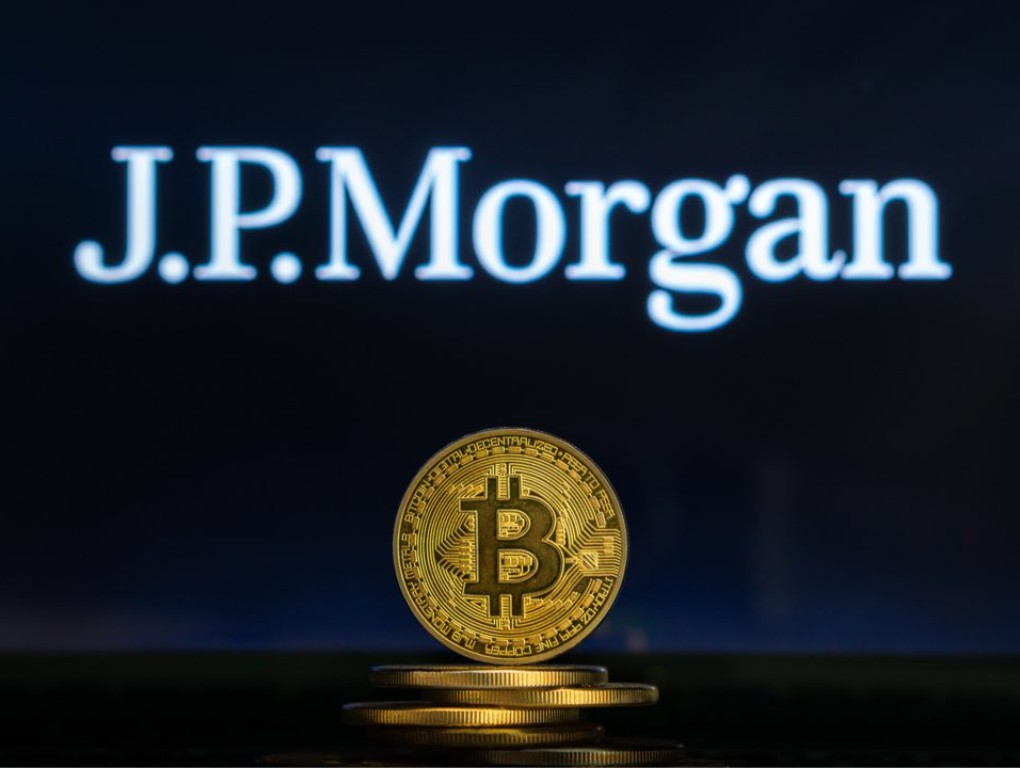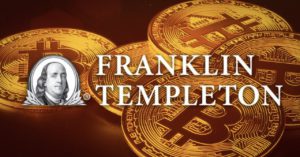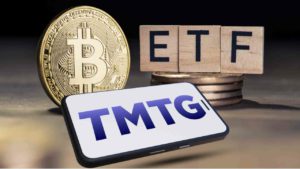JPMorgan’s Breakthrough: Tokenizing Carbon Credits for Market Transparency!

Jakarta, Pintu News – Kinexys, the blockchain division of JPMorgan, is developing an innovation that could change the way the carbon credit market operates. By incorporating blockchain technology, JPMorgan seeks to improve efficiency and reliability in a market that is still plagued by manual processes and inaccurate record-keeping.
Check out the full information here!
Carbon Credit Tokenization Pilot
On July 2, Bloomberg reported that Kinexys is working with S&P Global Commodity Insights, EcoRegistry, and the International Carbon Registry to test a carbon credit tokenization system.
This trial converts carbon credits held by the registry into blockchain tokens, to see if the distributed ledger can improve the paper footprint of this market.
The aim is to eliminate double counting and fraud, which are long-standing issues plaguing carbon trading. The initiative comes as JPMorgan deepens its presence in the voluntary carbon market, where verification gaps and lack of transparency have hampered its growth.
If successful, the pilot could inject accountability and scalability into a market that is projected to exceed $2 trillion by 2030.
Read also: Stablecoins dominate crypto payments in Europe, new findings reveal!
JPMorgan’s Long-Term Strategy

JPMorgan’s tokenization of carbon credits is part of a broader strategy to position the bank as a key player in the growing climate finance space. The voluntary carbon market, while promising, has been hampered by inconsistent standards, non-transparent pricing, and persistent concerns over the legitimacy of credits.
Kinexys aims to directly address this challenge, using blockchain to offer institutional investors a more transparent and verifiable method of trading emissions offsets.
A few weeks before announcing the Kinexys pilot, JPMorgan signed a 13-year deal with Canadian carbon capture company CO₂80, securing 450,000 metric tons of CO₂ removal at under $200 per ton.
This deal, which benefits from US tax incentives, demonstrates JPMorgan’s willingness to take a long-duration position in carbon removal projects.
Read also: Pi2Day 2025: AI Platform and .pi Domains Launched – Will Pi Coin (PI) Rise or Fall?
Blockchain’s Role in Carbon Markets
The role of blockchain here is not hypothetical. In May, Kinexys successfully demonstrated a split trial: cross-chain settlement of tokenized US Treasuries in collaboration with Ondo Finance and Chainlink.
The trial showed that JPMorgan’s blockchain infrastructure can handle institutional-grade transactions on both private and public chains.
The same architecture can now be applied to carbon credits, ensuring each tokenized offset has a clear and auditable history-a critical feature for buyers wary of greenwashing.
Conclusion
By integrating blockchain technology into the carbon credit market, JPMorgan not only increases transparency and reliability, but also opens up new opportunities for companies to integrate offsets into their sustainability strategies without the usual administrative friction.
The move marks a new era in carbon trading, where technology and finance meet to support global efforts to reduce carbon emissions.
That’s the latest information about crypto. Follow us on Google News to stay up-to-date on the world of crypto and blockchain technology.
Enjoy an easy and secure crypto trading experience by downloading Pintu crypto app via Google Play Store or App Store now. Get a web trading experience with advanced trading tools such as pro charting, various types of order types, and portfolio tracker only at Pintu Pro. Pintu Pro Futures is also available, where you can buy bitcoin leverage, trade btc futures, eth futures and sol futures easily from your desktop!
*Disclaimer
This content aims to enrich readers’ information. Pintu collects this information from various relevant sources and is not influenced by outside parties. Note that an asset’s past performance does not determine its projected future performance. Crypto trading activities have high risk and volatility, always do your own research and use cold cash before investing. All activities of buying and selling bitcoin and other crypto asset investments are the responsibility of the reader.
Reference
- Crypto News. JPMorgan’s Kinexys Tests Carbon Credit Tokenization. Accessed on July 3, 2025
- Featured Image: Global Finance Magazine




